
Hey friends! Before I published my first book with a publisher, I didn’t understand that there are different types of editing. Even if you’re planning to self-publish, I think it’s really helpful to understanding copy editing vs. developmental editing. Pin or bookmark this one for future reference! And if you’re looking for great editing, go to our editing website, Lucky Author!
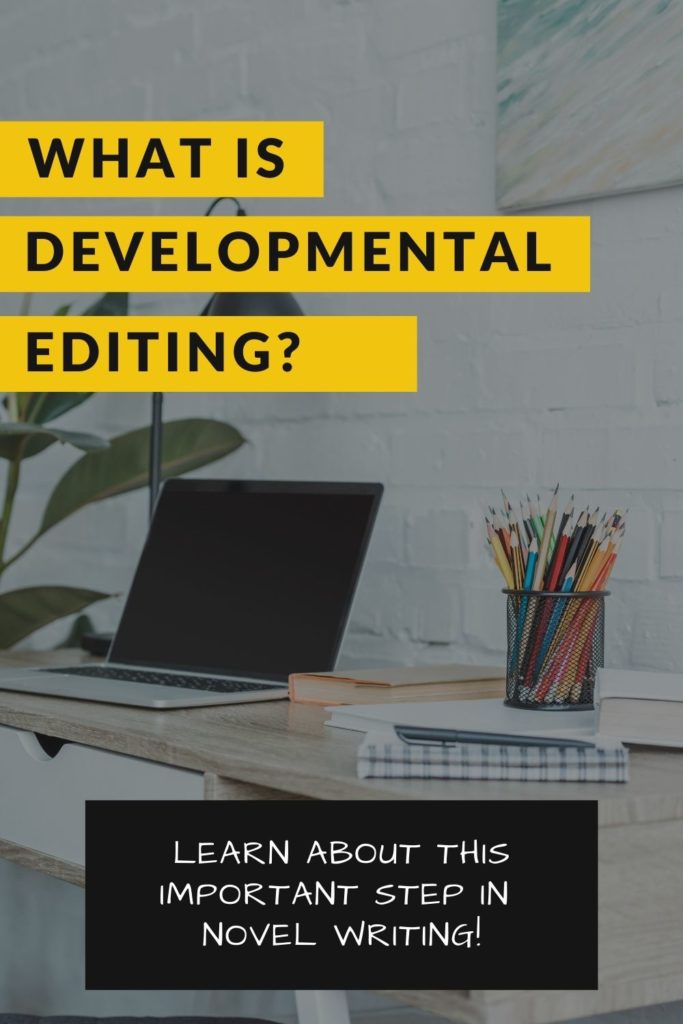
Developmental Editing Comes First
A long time ago, I wrote about what a copy editor does, but copy editing comes later in the manuscript editing process…usually at the second draft stage (or even the third or fourth draft stage.)
Copy editing is all about getting the writing style right. But before you even bother with that, you need to get the story itself right—the story structure, the characterization, and more. That’s why developmental edits are sometimes referred to as “story edits” or “content edits,” and if you’re learning how to edit a book, it’s important to understand that this comes first. There’s no point in worrying about the flow of a paragraph or the turn of a phrase when you might cut the whole section out, anyway. You also might be asked to add material!
Developmental editing is substantive editing. At my own publishing job, these kinds of edits are often followed by an email exchange or a phone call, either because the author wants some more clarification, or because they want to talk through some possible fixes to issues in the manuscript. It’s a collaborative process.
What Developmental Editing Focuses On
A developmental editor concentrates on all kinds of story issues, including:
pacing
Careful structural editing ensures that the book doesn’t drag or rush…or have some sections that are too slow or too hurried.
characterization
This is one of the biggest parts of developmental editing. We make sure that we know enough about characters to have a clear picture of them. We make sure they’re well-rounded and aren’t stereotypes. If characters act in confusing or inconsistent ways, we point that out. And if the story hinges on the reader liking or rooting for the character, and that’s not going to happen…well, we work on that, too.
logic
Are the characters taking extreme measures to solve a problem that could be solved in a much easier way? Is there a plot point that will make readers say, “That’s not how anything works”? This first editing pass identifies logic issues like this.
continuity
Did the rules of magic in the story switch halfway through? Is there a problem in the timeline? Hopefully, this all gets caught in developmental editing.
repetition
It’s easy in a first draft to have redundant scenes, such as characters having almost the exact same argument twice. (Yes, it happens in real life, but few people appreciate it in a book, unless it’s intentional and kept very short. To be fair, I don’t think many of us appreciate it in real life, either.) It’s also easy to have a character overusing a physical gesture, or to drive home the same point too many times. This is a really common thing we address in first draft manuscript editing.
story elements
If you have almost no description—or way too much, if we could use way more of the characters’ thoughts, or if your dialogue has chronic issues, these can be worked out at this editing stage.
story arc
Do the characters face enough conflict to make things interesting? Does the story build to a satisfying conclusion? Is there a way we could make the story a more compelling journey? These are big questions, and we might address them in this content editing phase.
Everything Is Fixable
Some of these issues—an unsatisfying story arc, an annoying protagonist—may sound too big to address in revision. They’re not! While some manuscripts require heavier rewriting than others, you can always fix the issues raised in the developmental editing stage.
When you get developmental edits back, my advice is to read through them thoroughly, without judgement…and then set them aside and forget about them for three days. Your subconscious will get to work on solving the things that seem, at first blush, to be unsolvable. And when you return to the manuscript, your emotional sensitivity and resistance to change will have dissipated, and you’ll be able to rework the story with a clear head.
Do you have questions or comments about developmental editing? Go ahead and ask in the comments! And if you haven’t already, check out my book about how to write a novel, step by step.
Thanks so much for reading, and happy writing!

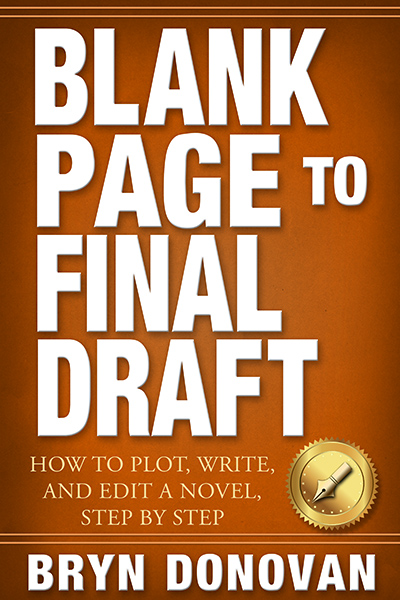





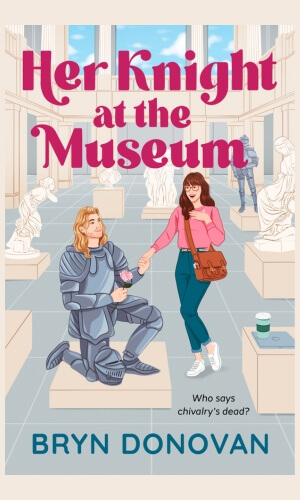

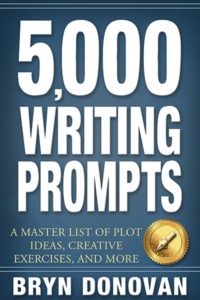
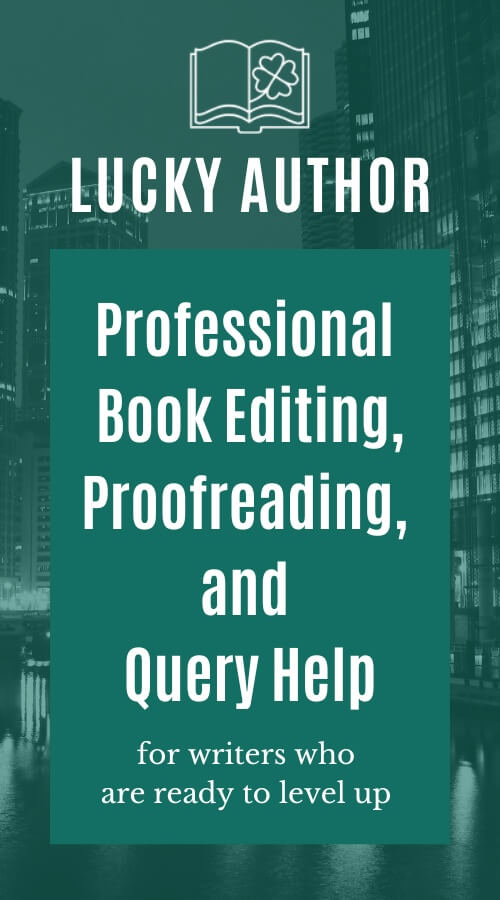
LOVE this! It really is incredible how a fresh pair of eyes can help you find and resolve problems in a manuscript.
I totally agree, Anna! A fresh pair of eyes can lead to a breakthrough, and it really is the best. Thanks for reading!
I have just hired two separate editors. The first one cleaned up all the proofreading issues, like typos, spelling, awkward sentences and such. Now the second can focus more on the developmental side. I like to send a list of questions along with the manuscript because I already have a hunch that a few things aren’t working. It’s daunting to think about going back and rewriting sections, but it may be required.
Good luck on the story, Naomi! I know what you mean about rewrites being daunting. You probably already know this, but once you dive in, it’s not so bad. 🙂 I hope the revision process goes great.
Hi Bryn, great suggestion!
Brandon Sanderson uses what he calls Alpha Readers for developmental editors. Beta Readers come later.
Some of my novel writing classes have served for developmental assistance. I am fortunate that I found classes that encouraged “discovery writing” (another term I learned from Brandon Sanderson). (I don’t relish being called a Pantzer.)
It is good for me to have someone to review my writing for developmental problems. There are also resources such as your index card method and another from a class I am now taking called the Inside Outline that has been helpful to get it ready for the next step. Having someone review the whole manuscript is good. Thank you for your insight and for sharing.
I always learn things from your posts. Thanks.
Hi Jessie! “Discovery writing” does sound so much better than “pantsing”! Hahaha. I’ve heard people talk about Alpha Readers and I always get confused, but now I think I understand it from your post!
I’m reading sections of this email to my husband. Due to the unique nature of our project, we’ve both inadvertently been in the dev editor seat from time to time even during the first draft stage (weird I know, but trust me, there’s valid reasons.)
When I read your section “And when you return to the manuscript, your emotional sensitivity and resistance to change will have dissipated…”
He promptly joked. “Hey, I’m in this image and I don’t like it.”
We both cracked up because we’ve both done that on this project. Multiple times.
Sounds like we’re headed in the right direction at least!
Thanks for your insightful emails and tips! They’re lovely to read!
Hi Andrea! I can totally imagine how two people working on a project would alternate at being the dev editor. (And it’s so cool that you’re creatively collaborating with your husband!) And hahaha, well, most of have that sensitivity and resistance to change at one point or another. 🙂 Thank you for reading, and thanks so much for the kind words!
I’ve worked with a development editor and I’ve acted as one for a writer friend.
denise
Your friend is lucky! That is one of the nicest things you can do for a friend, in my opinion.
Thanks for taking time to break these all down, Bryn. I’m in the middle of developmental edits right now. It is both exciting to see my book baby start to grow up and frustrating as all get out at the same time. I fully agree that sometimes you need to switch editors. I have run into several issues with my current editor. While their feedback is amazing, there is a distinct lack of communication that is threatening my entire project. Live and learn I guess.
Dev edits can be intense…and yeah, good communication is KEY. I’m sorry you’re having issues! I hope your project turns out great in spite of that…and knowing you and your talent, I’m pretty sure it will.
I’m in the process of writing the first draft of my first novel and I just got back edits on my first 5,000 words. It was all very interesting, though very intensive and made my head hurt (I had to stay within 5,000). But I believe hiring a developmental editor at least for the first few books (possibly in each new genre?) helps a lot with making you a better writer and the next books quicker to write.
Hi Dawn! Ooh yeah, staying within 5,000 words does sound like a challenge. The first time I ever got edits back, it was a LOT, and I was kind of in shock, haha. But I think you make a great point, and I didn’t think about that: you really do learn a lot from a round of editing that you can apply to future books.
Aww, you’re such a sweetheart. Thanks, Bryn!
Congrats on your first book! That is so exciting. I definitely agree that a developmental edit is needed on every work. I know for me, I get so close to the project and have looked at it so many times that I don’t notices some of the issues. Getting outside perspective is key. Good luck with the book. I can’t wait to read it!
Thanks for this post, Bryn. This is a helpful explanation.